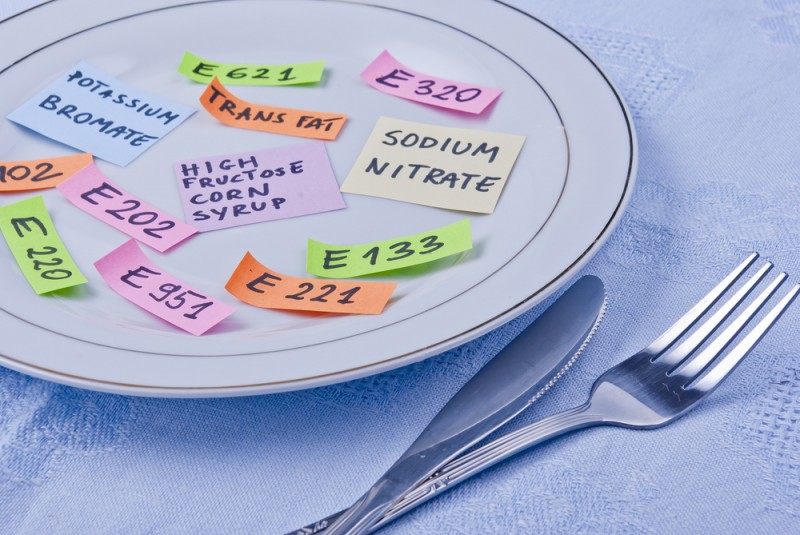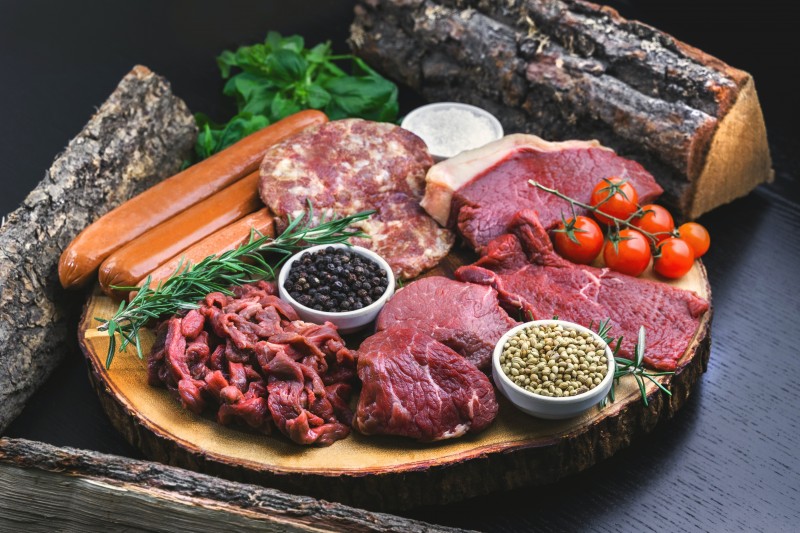On May 14, 2021, the General Administration of Customs of China issued an article to introduce the regulations and standards of meat products Market Access in the world. The contents summarize meat regulations in EU, Russia, US, Japan and China, and briefly introduce the meat products market access in these countries. Manufacturers who want to export meat products to these countries can take this article as a reference.
I. EU
Meat products exported to the EU are subject to registration management, and export meat manufacturers should pass the HACCP system certification. At present, China only has three types of meat and meat products that can be exported to the EU: fresh poultry (only raw materials for cooked products), fresh rabbit meat, and cooked poultry. The meat products exporting from China to the EU must meet the requirements of a series of EU food safety directives. Besides the animal product hygiene certificate, test certificate of chloramphenicol, nitrofuran and its metabolites should also be provided.
II. Russia
Laws and regulations related to meat products include General Veterinary Hygiene Requirements (Resolution No. 317 in 2010), Port Sanitation Measures (Resolution No. 299 in 2010), Equivalence of Veterinary Sanitation Measures and Meat, Aquatic Products and Dairy Products of Third Countries Enterprise Inspection Manual (Resolution No. 94 in 2014), Poultry Product Processing Safety Regulations (Resolution No. 113 in 2014), Packaging Safety Technical Regulations (CU TR005/2011), Food Labeling Technical Regulations (CU TR022 /2011), Food Safety Technical Regulations (CU TR021/2011) and Meat Products Safety Technical Regulations (CU TR034/2013).
Russian government implements registration management on the meat manufacturers exported to Russia. Meat products exported to Russia shall not carry relevant animal diseases, food additives, pollutants and other residue limits, which shall comply with Russian official requirements and shall not contain ractopamine.

III. US
Food Safety and Inspection Service (FSIS) of the U.S. Department of Agriculture is the administrative department for imported meat. The legal basis includes: the Federal Meat Inspection Act, the Poultry Product Inspection Act, and the relevant regulations on the management of animals and animal products. The meat imported into the United States must come from recognized countries and certified company products.
imported meat must meet the requirements of US food labeling regulations. Currently, poultry and catfish produced in China can be exported to the US.
IV. Japan
In addition to the Food Sanitation Law and the Basic Food Safety Law, meat products also need to comply with the "Livestock Infectious Disease Prevention and Control Law" and "Positive List System for Residual Agricultural Chemicals in Food" in Japan. imported meat is jointly managed by the Ministry of Agriculture, Forestry and Fisheries and the Ministry of Labor, Health, and Welfare. imported meat first passes the quarantine of the Ministry of Agriculture, Forestry and Fisheries, and then is inspected by the Ministry of Labor, Health, and Welfare. only qualified meat can be sold in the Japanese market.
At present, only meat products that meet the “Animal Sanitary Requirements for Thermally Processed Poultry Products Exported to Japan” and the “Animal Sanitary Requirements for Thermally Processed Cloven Hoofed Animal Meat Products Exported to Japan” can be exported to Japan. Japan implements registration management for thermally processed meat food companies.

V. China
The quality and safety of meat products in China are supervised by the Ministry of Agriculture and Rural Affairs, the Ministry of Commerce, and the State Administration for Market Regulation. The focus of supervision is different. At present, meat product standard system in China is mainly composed of two parts: a mandatory standard system and a recommended standard system.
1. Meat product mandatory standard system in China includes four sub-systems: basic standards, raw material and product standards, hygienic requirements standards, and inspection method standards, which are at the core of the entire standard system and ensure the safety of meat products. The recommended standard system includes three sub-systems: process control standards, product standards, and inspection method standards, which guarantees the quality of meat products. As of 2020, China has issued 34 mandatory meat food standards. Among them, there are 4 basic standards, 3 raw materials and product standards, 12 hygiene requirements standards and 15 inspection methods. The inspection methods in the mandatory standard system for meat and meat products account for a larger proportion, while the basic standards, raw material and product standards, and hygiene requirements standards account for a relatively small proportion.
2. Meat food contaminants in China are defined in the GB 2762-2017 "Limits of Contaminants in Foods" as: Unintentionally added chemical hazardous substances that are produced during food production (including crop cultivation, animal feeding, and veterinary medicine), processing, packaging, storage, transportation, sales, and use, or brought in by environmental pollution. Existing standards in China mainly include heavy metals, volatile basic nitrogen and nitrates on the pollutants in meat and meat products.

In the veterinary drug residue standards of China, the International Codex Alimentarius Commission (CAC), the European Union, and the United States, the total number of veterinary drugs is the largest in the EU with 139 species, followed by China with 128 species, the United States with 95 species, and the CAC with 67 species. The European Union has the largest number of veterinary drugs with 87 species in China. The EU's veterinary drug residue standards and types are higher (more) than China and other countries or organizations. Therefore, when exporting meat to EU countries, special attention should be paid to the issue of veterinary drug residue limits.
3. Besides stipulating coliforms, foreign microbial standards also adopt fecal coliforms, heat-resistant coliforms, Escherichia coli, Enterococcus spp, Streptococcus faecalis, Enterobacteriaceae, etc. as indicators of fecal pollution. In Chinese food hygiene standards, pathogenic microorganisms include: Salmonella, Shigella, Staphylococcus aureus, Clostridium perfringens, Vibrio parahaemolyticus, etc. China requires that these microorganisms must not be detected.
4. There are 122 kinds of additives used in meat products in China. Compared with the CAC, the unique meat additives include: 36 kinds of additives allowed to be used in designated meat products in China such as sodium dehydroacetate, sodium diacetate, sorbic acid and potassium salts, nisin, monocaprylin, sodium (potassium) nitrate, sodium (potassium) nitrite, sucrose fatty acid esters, sodium pyrophosphate, trisodium phosphate, sodium hexametaphosphate, sodium tripolyphosphate, etc.; 26 kinds of additives allowed to be used in various meat products (except for raw and fresh meat) according to production needs in China additive such as citric acid fatty acid glycerides, lactic acid fatty acid glycerides, diacetyl tartaric acid monoglyceride, sodium polyacrylate, gelatin, sodium octenyl succinate, oxidized hydroxypropyl starch, etc.